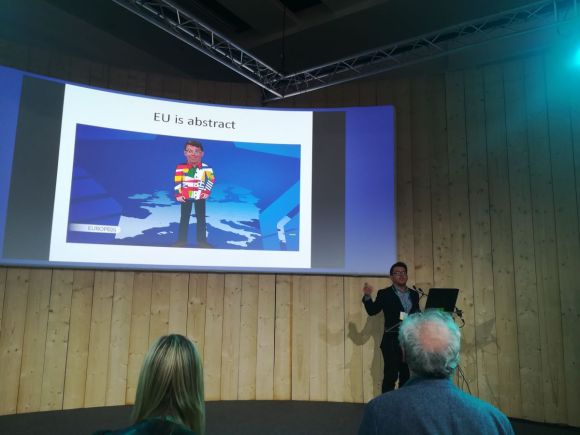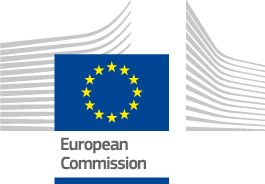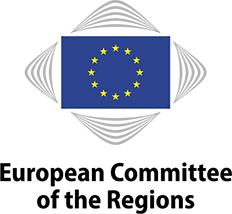
This week, Cohesion Policy finally received the visibility it rightfully deserves. In spite of the fact that it makes up about one-third of the Union’s spending, it is unlikely that you as an humble citizen are fully aware of how its efforts affect your personal life. Luckily, moderator and staff member of the European Parliament Maria Alexandra Henriques can provide us with a bite-size description: “Cohesion Policy is basically the thing that makes everyone’s life better.”
Telling Our Stories
So how do we bridge the communicative gap between something that is large, expensive, and most importantly effective, and its oblivious beneficiaries? Ever since public education became widely available, it has been the task of journalists to translate between the great and complex and the public. Realising this, we might also remember that a picture can say more than a thousand words. Put two and two together and voila: now we have Storytelling Journalism. Quite literally, by telling and mostly showing the individual stories of those who benefit from Cohesion Policy, we might be able to create more understanding and appreciation for the EU. And these examples from different Member States are the first steps towards meeting in the middle.
Friendly Faces in France
TV Journalist Etienne Milien opens with a simple conclusion: “Europe is people.” He explains that his own family life is a product of the EU. Without Schengen, he would likely not have met his Irish wife or had their son. The topic is close to his heart, without a doubt, and it inspired him to find more of the “personal stories behind the EU”. In order to appeal to as many diverse Europeans as possible, Etienne invented a tangible and “funny” character with bright clothes and a friendly attitude. One of the audience members wonders how his efforts will combat populism and its threats to these freedoms. Etienne considers this question, and comes with a swift reply. “I would like for my work to help people to learn about the EU. For that, in these times, I can only hope.”
ERR’s Roadtrip from Estonia
Urmas Oru at Estonia’s ERR TV channel took a different road towards awareness and cohesion. Quite literally. In his series, we pass by 12 countries in 12 episodes, travelling for 12,000 kilometers by motor cycle. On the way, local citizens are asked for their opinions on the EU and how they feel its policies affect their day to day lives. Urmas is kind enough to give the audience some tips on making a great TV show, might they want to apply for EU grants for further Storytelling Journalism projects. His advice includes working as efficiently as possible, receive adequate funding and have just a little bit of luck. In Estonia, his recipe seemed to have worked out pretty well: the show was viewed by approximately 10% of his country’s population!
Humour Helps in Greece
Storytelling Journalism for Cohesion Policy might not have found a more welcome home than Greece. In spite of the dire challenges of euroscepticism, TV journalist Nikolas Vafiadis expresses that his channel chose to keep the content light. “We didn’t want to bombard people with numbers, but rather work with information that you could pass from mouth to mouth at home after watching.” His sense of humour in working on this project becomes very clear when he pulls up a video fragment. “I must warn you,” he tells us, “it will all be Greek to you.” Personally, he does believe that this approach helps in the fight against populism. Nikolas ends his presentation on a serious note. “I think that when it comes to informing people on what the EU is really about, it is journalists that will play a very important role.”
Written by: Amée Zoutberg (The Netherlands)
Edited by: Iskra Tsankova (Bulgaria)



